Using Personal Color Analysis to see which shade of blush or lipstick looks best on you is not new—color analysis professionals have long specialized in helping people choose colors that naturally enhance their looks. Knowing your season and subtype makes finding the right makeup easier, saving you time and money.
Follow this simple guide to help you find your personal colors at home. Keep track of your answers for each step—at the end, you’ll match your results to a table to determine your ideal color palette!
Figuring Out Your Initial Season
Color palettes in personal color analysis are divided into four main categories: Spring, Summer, Autumn, and Winter. Let’s start by figuring out your initial season.
Step 1: Identify Your Undertone — Warm, Cool, or Neutral
The first step is identifying your skin’s undertone, which can help point to your general season.
-
Vein Test: Look at the veins on your wrist.
-
Green veins - Likely warm undertones
-
Blue or purple veins - Likely cool undertones
-
Mix of green and blue veins - Likely neutral undertones
-
Jewelry Test: Use gold or silver jewelry and see which complements your skin best.
-
Warm - Gold looks better on you
-
Cool - Silver looks better
-
Neutral - Both look good
Once you’ve identified your undertone, keep this result in mind! It will help us narrow down your season in later steps.
Step 2: Bright or Muted/Soft Tones?
For this step, we’ll see if bright or muted colors suit you better.
-
Draping Test: Find two cloths—one bright and one soft/muted. Place each under your neck and see which makes your face light up more.
-
Bright - You likely belong to Spring or Winter
-
Soft/Muted - You likely belong to Summer or Autumn
Remember which looks best; this will guide you as we finalize your season in the next step.
Figuring Out Your Sub-Season
The next step helps narrow your season to a sub-season. This can help determine which exact shades look the best, such as whether light or intense colors suit you.
Step 3: Identify Your Contrast Level — Light, Dark, or Medium
Evaluate your natural facial features, your eyes, skin, brows, and look at the overall lightness or darkness of them. This will help us figure out your subseason!
-
Light Contrast: Your features blend together in similar shades.
-
Dark Contrast: Your features have depth and distinct contrasts in color.
-
Medium Contrast: Your features are neither too light nor too dark, e.g., medium skin tone, brown eyes, and hair that isn’t very light or very dark.
Match Your Results to Find Your Season
Now that you’ve identified your undertone, brightness, and contrast level, you’re ready to determine your color season. Match your answers with the table below to see which palette fits you best.
|
Undertone |
Bright / Muted |
Contrast Level |
Season / Sub-Season |
|
Warm |
Bright |
Light |
Light Spring |
|
Warm |
Bright |
Medium |
True Spring |
|
Warm |
Bright |
Dark |
Bright Spring |
|
Warm |
Muted |
Light |
Light Autumn |
|
Warm |
Muted |
Medium |
True Autumn |
|
Warm |
Muted |
Dark |
Dark Autumn |
|
Cool |
Bright |
Light |
Light Summer |
|
Cool |
Bright |
Medium |
True Summer |
|
Cool |
Bright |
Dark |
Bright Winter |
|
Cool |
Muted |
Light |
Light Winter |
|
Cool |
Muted |
Medium |
True Winter |
|
Cool |
Muted |
Dark |
Dark Winter |
|
Neutral |
Bright |
Light |
Light Spring, Light Summer |
|
Neutral |
Bright |
Medium |
True Spring, True Summer |
|
Neutral |
Bright |
Dark |
Bright Spring, Bright Winter |
|
Neutral |
Muted |
Light |
Light Autumn, Light Winter |
|
Neutral |
Muted |
Medium |
True Autumn, True Winter |
|
Neutral |
Muted |
Dark |
Dark Autumn, Dark Winter |

![[DEAR DAHLIA] BLOOMING EDITION Garden of Light Palette 9.7g #Dusk](http://www.kbeautymakeup.com/cdn/shop/products/product_images_1619864577.Dusk_1_700x_58f048ad-815c-4848-b777-d3b4ea3e9b4e1634838824_533x.png?v=1723529569)






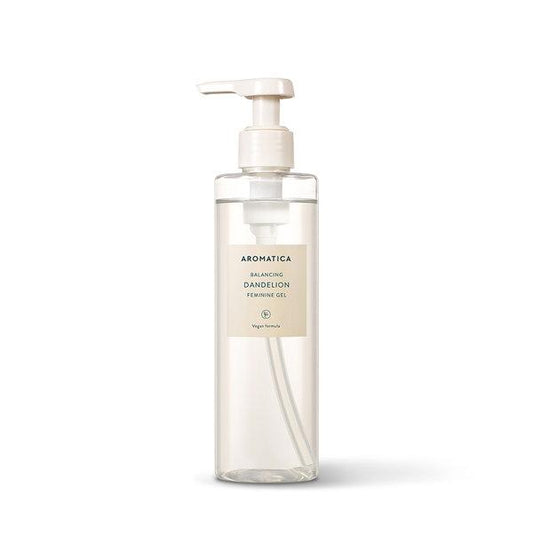
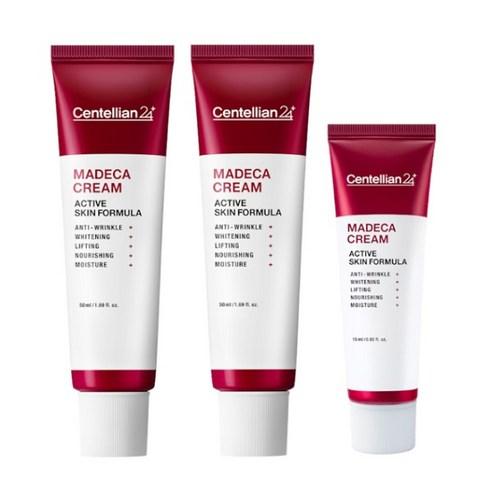
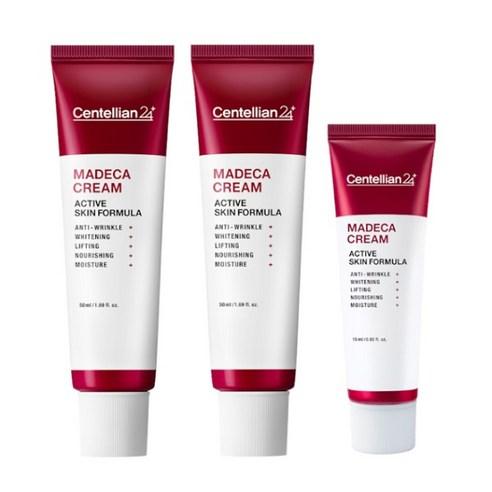
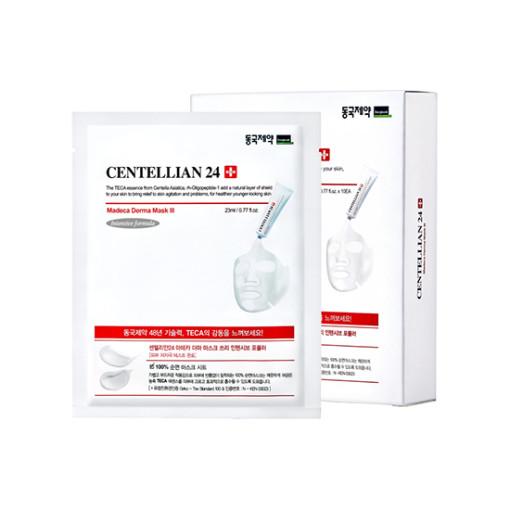
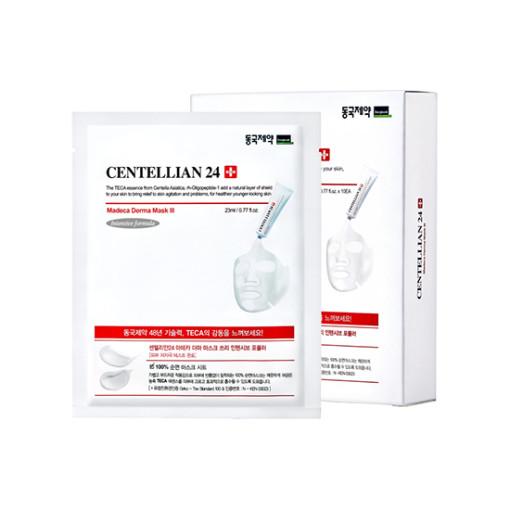

![[THANK YOU FARMER] Be Beautiful Natural BB Cream 40ml](http://www.kbeautymakeup.com/cdn/shop/products/product_images_1623155135.f06025f9cbd8c47af6b6edd73ec970c6_4f764f78-7193-4513-9634-b3837ab014a71635719256_533x.png?v=1724204443)
![[THANK YOU FARMER] Be Beautiful Natural BB Cream 40ml](http://www.kbeautymakeup.com/cdn/shop/products/product_images_1623155135.f06025f9cbd8c47af6b6edd73ec970c61635719256_607da713-0fd5-4817-99c1-c19b3ff5eaa8_533x.png?v=1635719302)
![[DEAR DAHLIA] Skin Paradise Soft Velvet Finishing Powder 6g](http://www.kbeautymakeup.com/cdn/shop/products/product_images_1621073331.17603959230512059_17008351971634838681_533x.jpg?v=1723519577)
![[DEAR DAHLIA] Skin Paradise Soft Velvet Finishing Powder 6g](http://www.kbeautymakeup.com/cdn/shop/products/product_images_1621073331.17603959230512059_17008351971634838681_a3d8b952-ad71-4465-a1df-89e9c1dc9f82_533x.jpg?v=1634839388)
![[DEAR DAHLIA] Skin Paradise Sheer Silk Foundation 30ml [Light Tone-7 Colors]](http://www.kbeautymakeup.com/cdn/shop/products/product_images_1619863700.G845029-SKF_LN1__1_700x_8bd83c12-5dfb-48e1-9694-ec888854bf871634838771_533x.png?v=1735537079)
![[DEAR DAHLIA] Skin Paradise Sheer Silk Foundation 30ml [Light Tone-7 Colors]](http://www.kbeautymakeup.com/cdn/shop/products/product_images_1619863700.G845029-SKF_LN1__1_700x1634838771_0db4a258-091c-41e6-b762-0df96464b9bd_533x.png?v=1634839175)

